View all Standards for British Columbia (2018)
Describe, interpret and evaluate how artists (dancers, actors, musicians, and visual artists) use processes, materials, movements, technologies, tools, techniques, and environments to create and communicate ideas
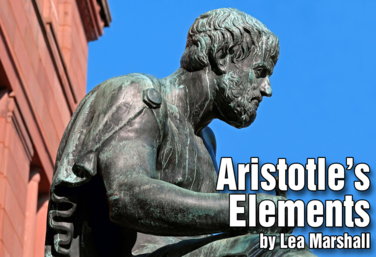
Aristotle's Elements
by Lea Marshall
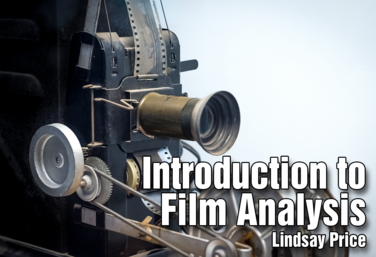
Introduction to Film Analysis: Mise en scène
by Lindsay Price

Elements of Costume Design *Hyperdoc
by Anna Porter
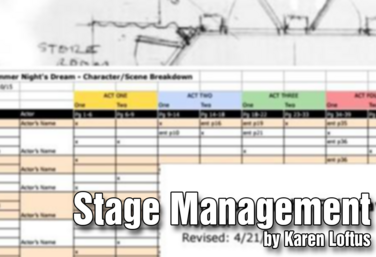
Stage Management
by Karen Loftus
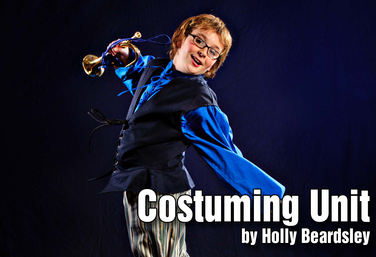
Costuming
by Holly Beardsley
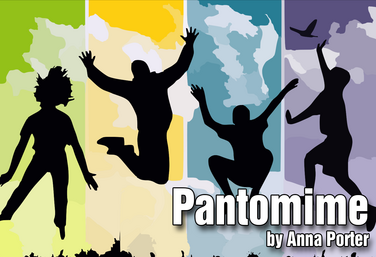
Pantomime
by Anna Porter
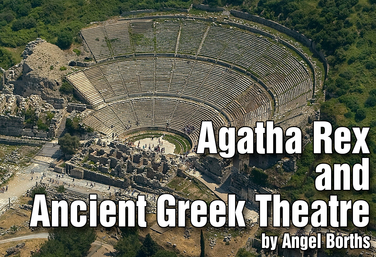
Agatha Rex and Ancient Greek Theatre
by Angel Borths
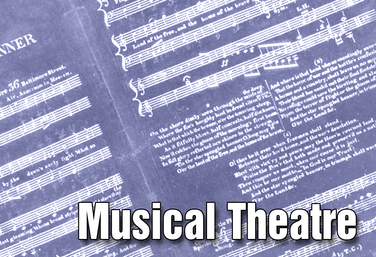
Musical Theatre
by Anna Porter

Pantomime
by Angel Borths
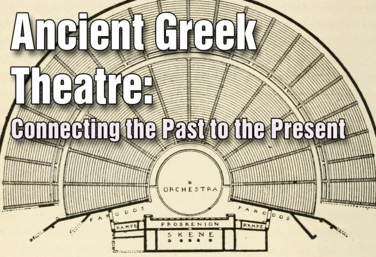
Ancient Greek Theatre
by Lindsay Price
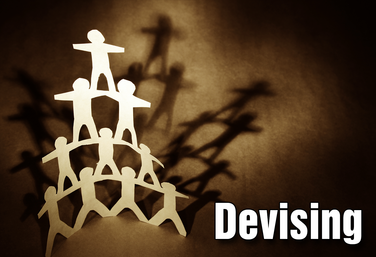
Part of the Drama Two Curriculum
Devising
by Corinna Rezzelle
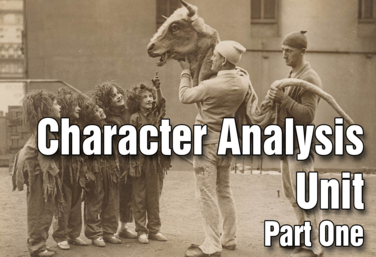
Part of the Drama Two Curriculum
Character Analysis - Part 1
by Matt Webster

Part of the Drama One Curriculum
What is Theatre?
by Karen Loftus

Part of the Drama One Curriculum
Voice
by Karen Loftus
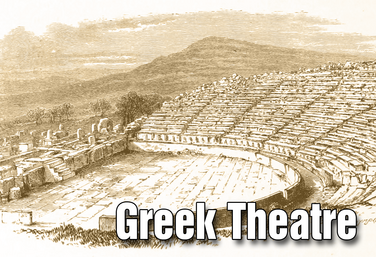
Part of the Drama One Curriculum
Ancient Greek Theatre
by Karen Loftus
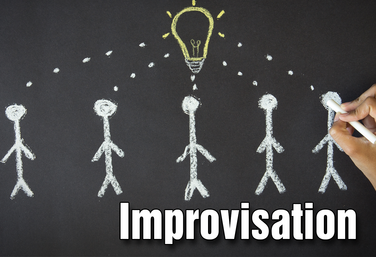
Part of the Drama One Curriculum
Improvisation
by Karen Loftus
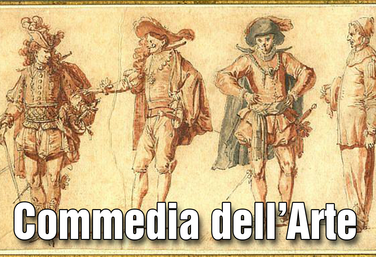
Part of the Drama One Curriculum
Commedia Dell'Arte
by Karen Loftus
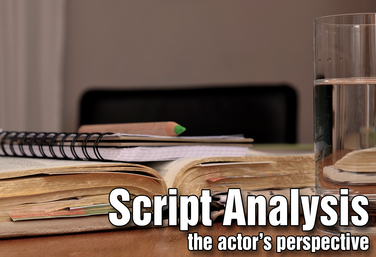
Part of the Drama One Curriculum
Script Analysis: The Actor's Perspective
by Karen Loftus
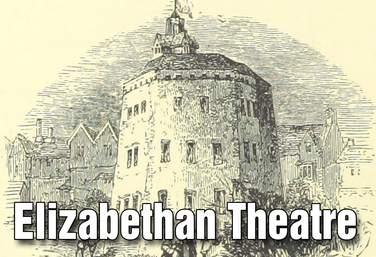
Part of the Drama One Curriculum
Elizabethan Theatre
by Karen Loftus
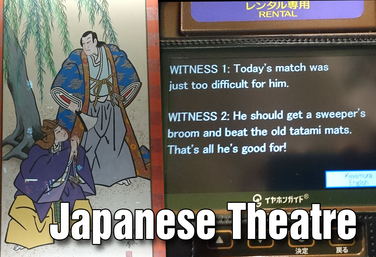
Part of the Drama One Curriculum
Japanese Theatre
by Karen Loftus
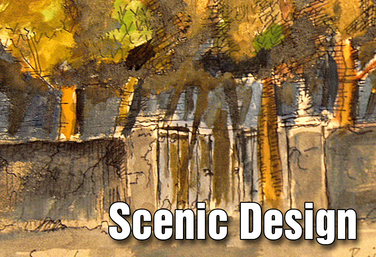
Part of the Drama One Curriculum
Scenic Design
by Karen Loftus
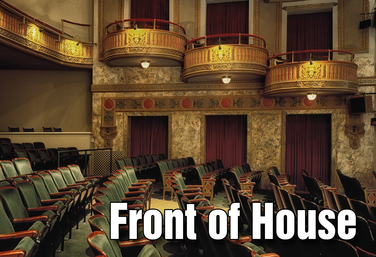
Part of the Drama One Curriculum
Front of House
by Karen Loftus
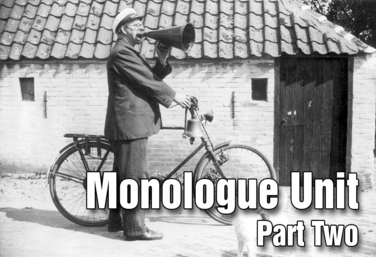
Part of the Drama Two Curriculum
Monologues - Part 2
by Matt Webster
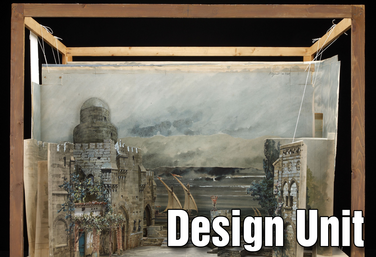
Part of the Drama Two Curriculum
Design
by Matt Webster

Part of the Stagecraft Without a Theatre Curriculum
Introduction to Theatre Production
by Karen Loftus

Part of the Stagecraft Without a Theatre Curriculum
Elements of Design
by Karen Loftus
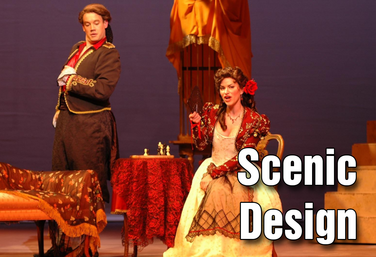
Part of the Stagecraft Without a Theatre Curriculum
Scenic Design
by Karen Loftus

Part of the Stagecraft Without a Theatre Curriculum
Scenic Construction
by Karen Loftus

Part of the Stagecraft Without a Theatre Curriculum
Scenic Painting
by Holly Beardsley and Karen Loftus
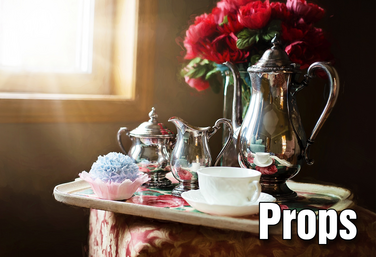
Part of the Stagecraft Without a Theatre Curriculum
Props
by Karen Loftus and Kerry Hishon

Part of the Stagecraft Without a Theatre Curriculum
Lighting
by Karen Loftus, Josh Hatt, and Kerry Hishon

Part of the Stagecraft Without a Theatre Curriculum
Costume Construction
by Karen Loftus

Part of the Stagecraft Without a Theatre Curriculum
Sound
by Karen Loftus and Josh Hatt

Part of the Stagecraft Without a Theatre Curriculum
Costume Design
by Holly Beardsley, Karen Loftus, and Josh Hatt

Part of the Stagecraft Without a Theatre Curriculum
Make-Up Design
by Karen Loftus and Josh Hatt

Part of the Stagecraft Without a Theatre Curriculum
Culminating Project
by Karen Loftus
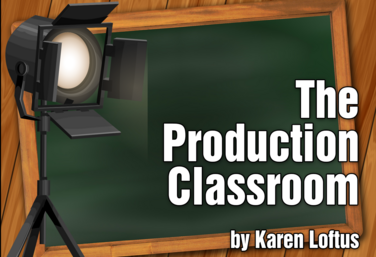
Part of the Production Classroom Units Curriculum
Part One - Pre-Production
by Karen Loftus

Part of the Production Classroom Units Curriculum
Part Two - Rehearsal and Performance
by Karen Loftus

Part of the Production Classroom Units Curriculum
Part Two - Documents
by Karen Loftus

Part of the Stagecraft Without a Theatre Curriculum
What is a Stage Manager? (Extra Lesson)
by Karen Loftus

Part of the Distance Learning Curriculum
What is Theatre?
by Lindsay Price and Karen Loftus

Part of the Distance Learning Curriculum
Voice
by Lindsay Price and Karen Loftus
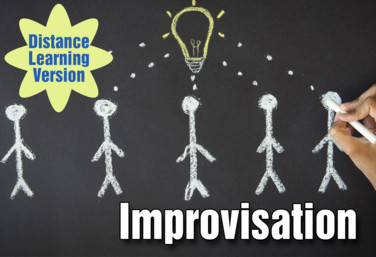
Part of the Distance Learning Curriculum
Improvisation
by Lindsay Price and Karen Loftus

Part of the Production Classroom Units Curriculum
Part Three - Reflection and Assessment
by Karen Loftus

Impowerment Improv
by Jennine Profeta
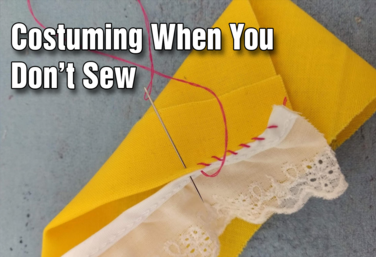
Tech Theatre Unit: Costuming When You Don't Sew
by Drama Teacher Academy

Scene Staging
by Lindsay Price
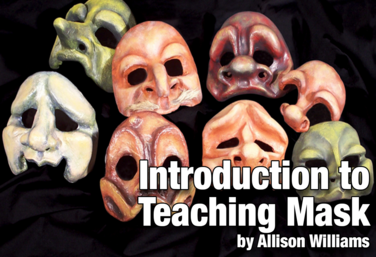
Introduction to Mask
by Allison Williams

The Top Ten Playwriting Exercises
by Lindsay Price
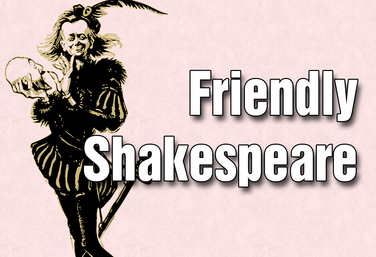
Friendly Shakespeare
by Todd Espeland
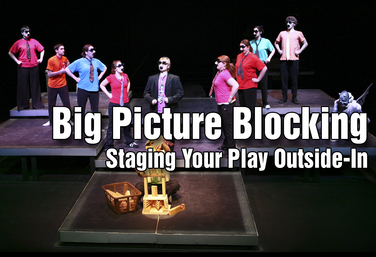
Big Picture Blocking: Staging Your Play Outside-In
by Todd Espeland
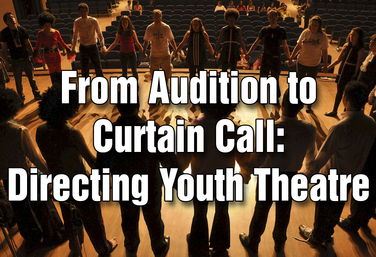
From Audition to Curtain Call: Directing Youth Theatre
by Steven Stack
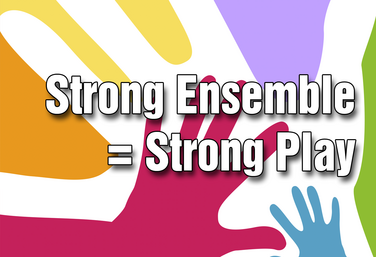
Strong Ensemble = Strong Play
by Craig Mason
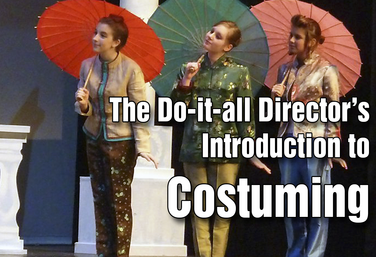
The Do-it-All Director's Introduction to Costuming
by Holly Beardsley

Breath Control and Projection
by Elisabeth Oppelt
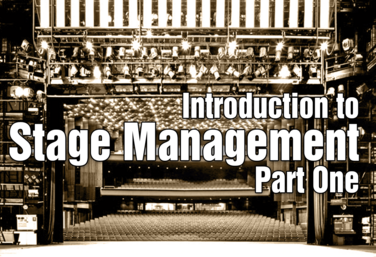
Introduction to Stage Management Part One
by Karen Loftus
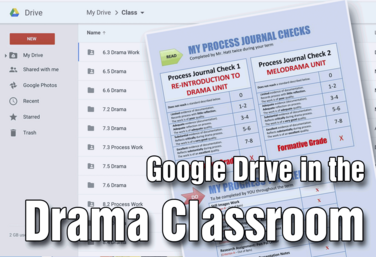
Google Drive in the Drama Classroom
by Josh Hatt
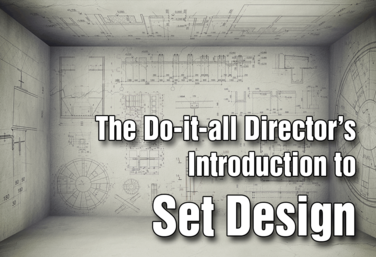
The Do-it-All Director's Introduction to Set Design
by Holly Beardsley

The Production Classroom
by Karen Loftus
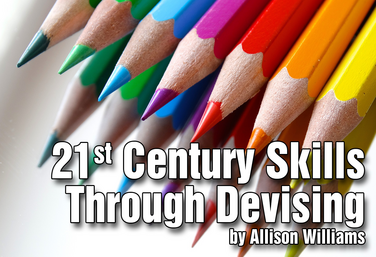
21st Century Skills Through Devising
by Allison Williams
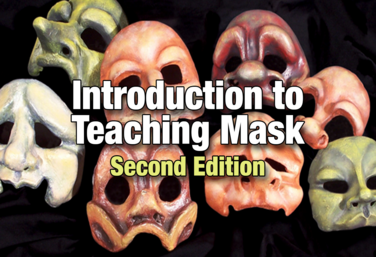
Introduction to Teaching Mask: 2nd Edition
by Allison Williams
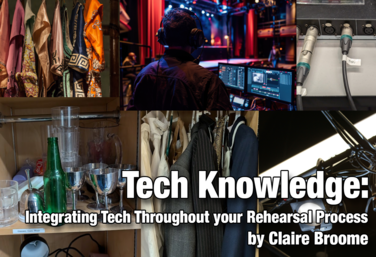
Tech Knowledge: Integrating Tech Throughout Your Rehearsal Process
by Claire Broome
View all Standards for British Columbia (2018) Standards Master List